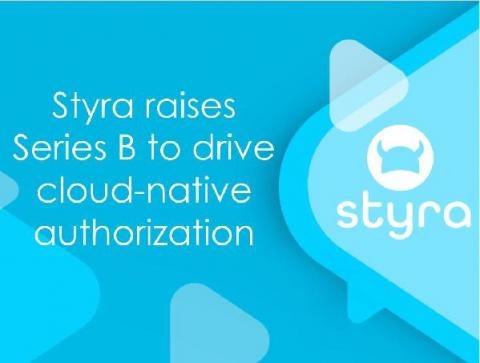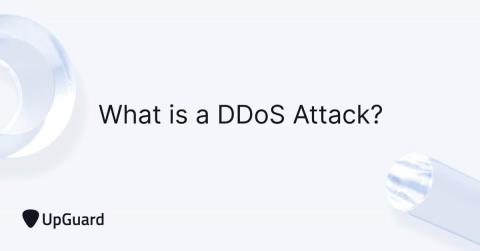Little Code, Big Impact: Easily Scale your Security Automation with Splunk SOAR
The great Ricky Bobby from Talladega Nights once said, “If you ain’t first, you’re last.” Whether we’re talking about a NASCAR race or responding to a security alert, being able to quickly discover attacks and adversaries and respond rapidly is critically important to reducing risks and managing threats to your organization. How do we suggest you do that? With a SOAR (Security Orchestration Automation & Response) tool.











